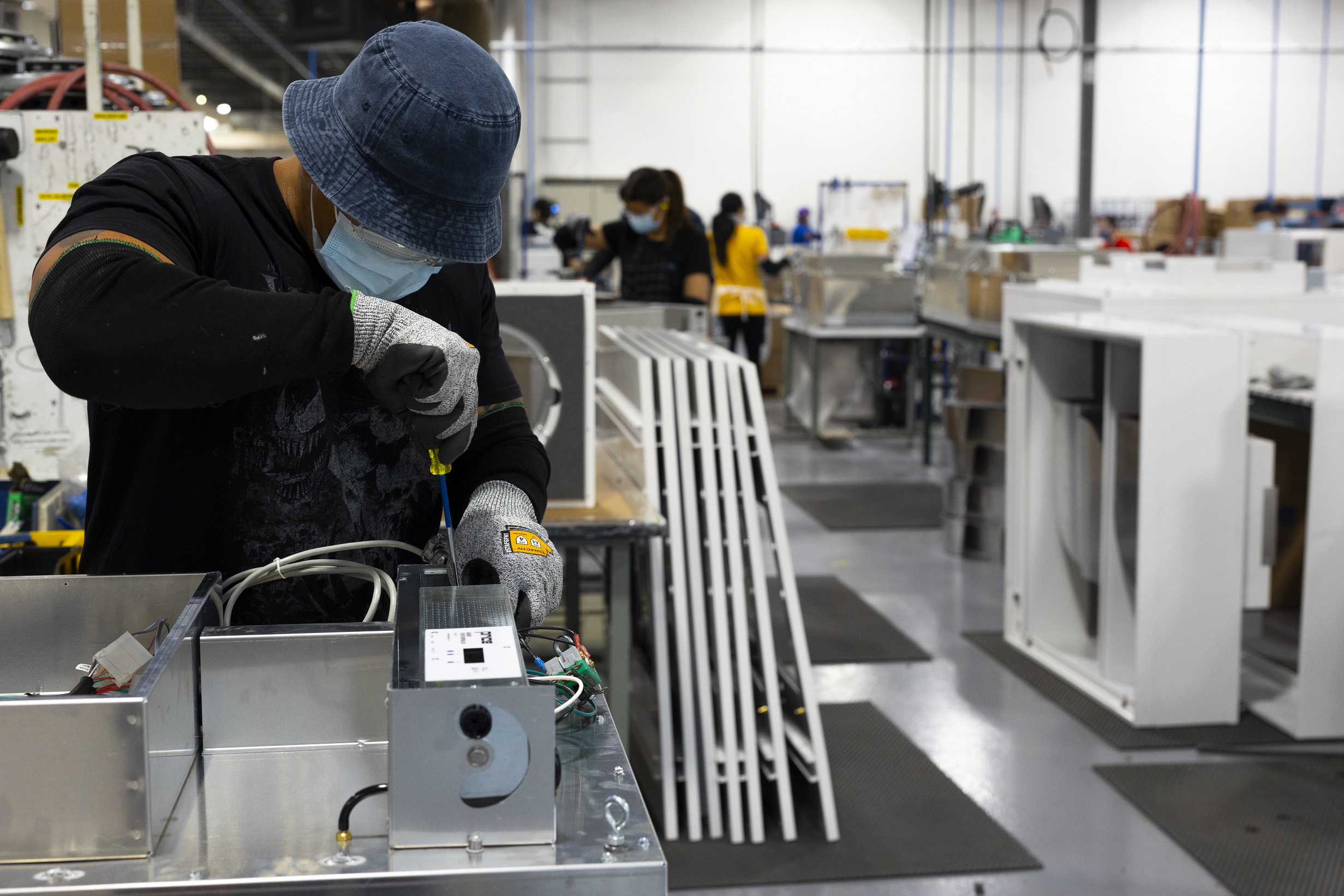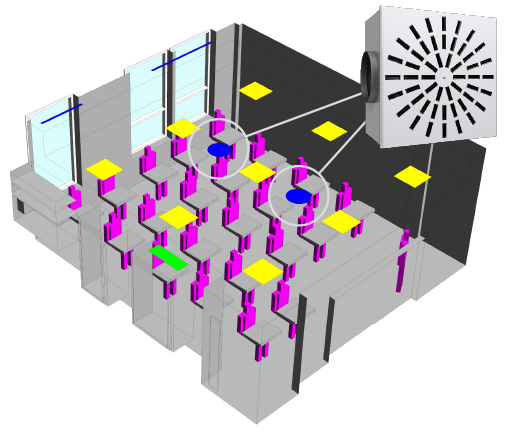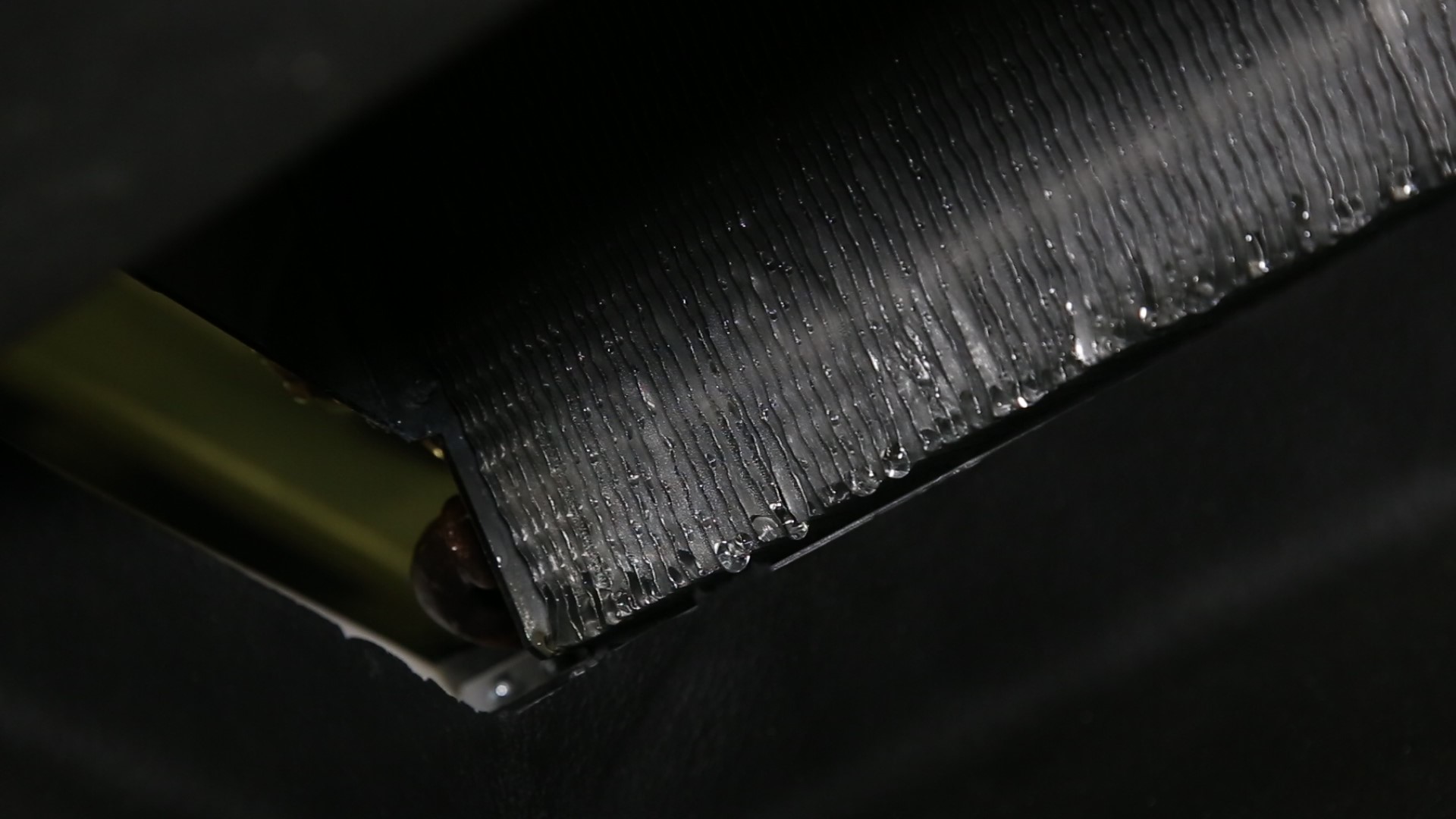More Space, More Capacity and a World-Class Paint Line
In the summer of 2021, Price’s Golspie North manufacturing facility in Winnipeg, MB, completed a massive expansion. Measuring 130,000 square feet (108,000 square feet of which is dedicated manufacturing space), the Golspie North project is the largest expansion to be completed on the Winnipeg campus. The additional space dramatically increased manufacturing and surge capacity for the Critical Environments product group and PARC, Price’s architectural ceilings business.
Read More
Topics:
HVAC Fundamentals,
HVAC,
Engineering,
Design Engineering,
Tours,
Critical Environments
Controlling Unwanted Noise from the Source to the Receiver
An acoustic panel is one of many names that describe a modular component used to block or absorb noise where it’s unwanted. Also known as a double-walled panel, sandwich panel, insulated panel, thermal panel, double-walled ductwork or plenum wall, this engineered building element contains or reduces sound energy at different stages along the path that sound travels from the source to the receiver.
Read More
Topics:
Acoustics,
Noise Control,
Noise Solution,
Background Noise,
Sound Absorption,
Acoustic Panels,
Sound Masking,
Reverberation Time,
Engineering,
Design Engineering,
Architecture
A CFD Classroom Case Study
Obtaining efficient ventilation with overhead mixing systems for applications in heating climates can be a challenge. Not only does the positive buoyancy of the supply air work against the air distribution system, but most overhead mixing systems are designed with low supply air volumes (relative to cooling) and high supply air temperatures (more than 15°F above room temperature).
Read More
Topics:
GRD,
Diffusers,
HVAC,
Engineering,
Design Engineering,
ASHRAE 62,
CFD
Defining Sensible and Latent Heating and Their Importance in HVAC Applications
In the HVAC industry, it is common to hear about having to handle sensible and latent loads to condition a space. Since we tend to associate heating or cooling with a change in temperature, confusion can arise when multiple forms of heating are mentioned. In this post, we’re going to clarify the difference between sensible and latent heating and why the distinction is important in HVAC systems.
Read More
Topics:
Fan Coils,
Heat Transfer,
Cooling Coil,
Condensate,
HVAC Fundamentals,
HVAC,
Engineering,
Design Engineering
Measures to Mitigate Condensation Concerns
More than ever before, engineers, contractors and building owners are choosing chilled beams for their projects. This energy-efficient technology uses the heat transfer capabilities of air and water to provide heating and cooling in a space. But the concept of installing a water coil within the housing of the chilled beam raises some very important questions: will there be condensation, and are drain pans required?
Read More
Topics:
Beams,
Condensate,
HVAC Fundamentals,
HVAC,
Engineering,
Design Engineering







